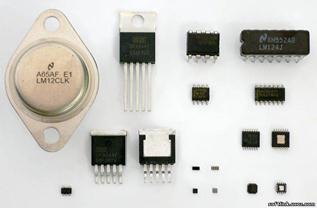All these sentences contain errors. Correct them.
1 When have you left school? 2. How long is she feeling unwell? 3. I've met such a nice person before never. 4. I'm waiting for you since four o'clock. 5. She never wrote a letter by hand since she had bought a computer. 6. I wonder where have you been all this time. 7. I am learning English during five years. 8. You never know how he has been going to react. 9. She has tripped over the cat and fell nearly over. 10. Look! I found a ten-pound note! - Where have you found it? 11. Margaret has been taking driving lessons now. 12. In recent years terrorism has been becoming a greater threat. 13. The rain has come suddenly and has soaked all the washing. 14. Ever since we have met, you have never asked me what I prefer to do. 15. How long do you live here? 16. I am interested in sports since my childhood. 17. What are you doing since you left Cambridge? THE PAST PERFECT AND THE PAST PERFECT CONTINUOUS TENSE-FORMS A. The Past Perfect Tense FORMATION The Past Perfect Tense is formed with the auxiliary had and the Past Participle of the main verb. Table 8
Contractions 'd = had; hadn't = had not USAGE The Past Perfect tense denotes a past event (action or state) that happened before another past event. In other words, the Past Perfect Tense is used to denote an action in the distant past which is contrasted to another action which is less far away in the past. This priority of one past action can be indicated by an adverbial phrase with the preposition 'by' or by a clause with the conjunctions before, no sooner... than, hardly... when, scarcely... when. It may also become clear from the logical relations between the clauses or sentences in a context. The letter had arrived by the end of the week. By March the snow hadn’t melted yet. Had they left before the trouble started? They hadn't yet started eating by the time I arrived at the party. Hardly had we put up a tent when it started to rain. (or We had hardly put up a tent when it started to rain.) No sooner had he arrived than he was told to start back again. I could see from his face that he had received bad news. I hadn't eaten all day so I was very hungry when I got home. I couldn't get into the car. The boys had hidden the car keys. Note that when there is a simple succession of past actions (without their being contrasted in time) the Past Simple tense is used for each event. I got to the stadium at 7.15 and the game started at 7.30. She thanked him for his hospitality. They shook hands and he wished her a pleasant journey. The Past Perfect Tense is commonly used in Reported (Indirect) Speech after the reporting verbs such as say, tell, ask, explain, wonder, etc. in the Past Simple. She wondered who had left the door open. She said she had bought a lovely pair of shoes. When Direct Speech is transformed into Reported Speech the adverbials of 'absolute past' are replaced by 'relative' indications of time: 'yesterday' is replaced by 'the day before', or 'the previous day', 'ago' by 'before', 'last night' by 'the previous night'. I asked if the Browns had left the day before. We knew David had left school two years before. Notice that the Past Perfect in Reported Speech is the result of changing two tense-forms in Direct Speech: the Past Simple and the Present Perfect.
B. The Past Perfect Continuous FORMATION The Past Perfect Continuous Tense is formed with the auxiliary had been and the Present Participle of the main verb. Table 9
Contractions 'd = had; hadn't = had not USAGE The Past Perfect Continuous is used to denote a) actions or situations continuing over a period up to a specific time in the past (inclusive meaning), b) past actions of certain duration which had visible results in the past (exclusive meaning).
|




